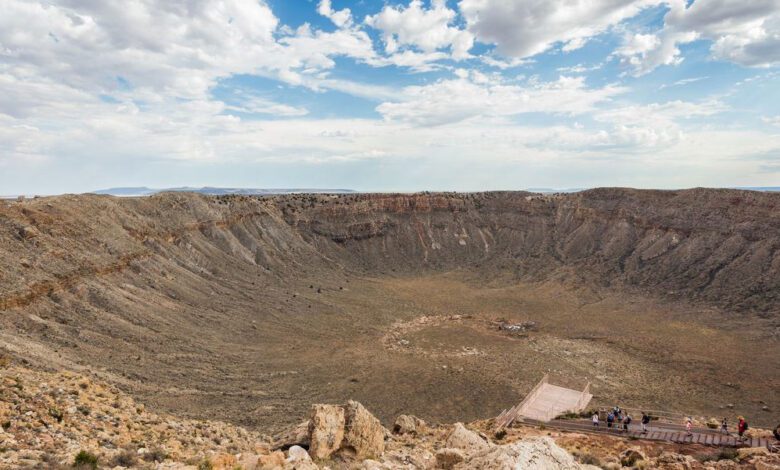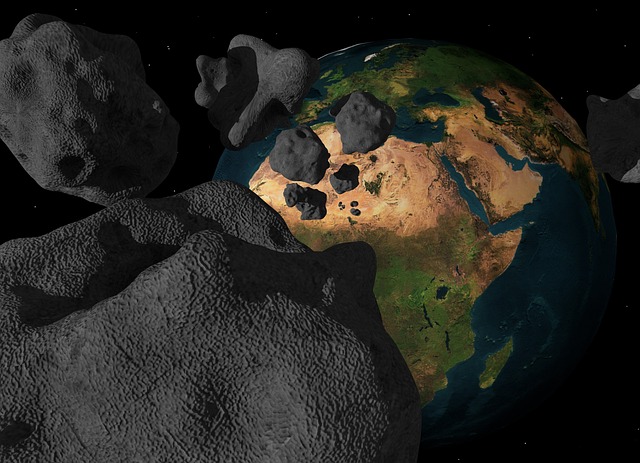Biggest asteroid crater found in Australia
The researchers named the newly discovered impact crater 'Deniliquin structure'. Andrew Glikson, a professor at UNSW, states that the crater's 323-mile diameter surpasses the size of the previous biggest, the Vredefort structure in South Africa.

A noteworthy discovery has been made by researchers in Australia. A team based at the University of New South Wales (UNSW) claim to have discovered what might be the largest asteroid impact crater in the world. Located in the town of Deniliquin, this site provides cryptic evidence of an ancient asteroid event, an event that could have led to a major global glaciation event and extinguished 85% of the world’s species.
The Deniliquin Structure: World’s Largest Asteroid Impact Crater?
The researchers identified this impressive impact crater as ‘Deniliquin structure’. Andrew Glikson, an asteroid impact researcher and adjunct professor at UNSW, suggests that the crater stretching up to 323 miles in diameter, it easily outsize the current largest known crater, the Vredefort impact structure in South Africa.

Evidence suggests that the asteroid hit may be linked to the Late Ordovician mass extinction event, a period in Earth’s history when approximately 85% of the planet’s species were wiped out. This event coincided with the Hirnantian glaciation stage that occurred between 445.2 and 433.8 million years ago.
The Significance of the Discovery
The implications of large asteroid impacts on Earth’s environment and biodiversity are significant. Besides the immediate and catastrophic destruction caused by the impact, these massive collisions also result in long-term environmental effects. The impact triggers widespread devastation, and the debris from the explosion can block the sun’s warmth, provoking global cooling events.
“This huge glaciation and mass extinction event eliminated about 85 per cent of the planet’s species.”
Glikson also provides intriguing insights into the geological history of the region. He believes the impact site was part of the ancient Gondwana continent, which existed long before separating into several continents, including present-day Australia.
The Challenges of Identifying Large Impact Craters
What makes this discovery remarkable is the discovery of such a colossal crater, buried in plains view. Owing to factors like erosion, sediment movement, and shifts in the Earth’s tectonic plates, the existence of such large-scale craters can be hard to detect.
Describing the process of asteroid impact and detection, Glikson says when an asteroid strikes, it forms a crater with an uplifted core, similar to the splash caused when a pebble hits a pool of water.
“This central uplifted dome is a key characteristic of large impact structures,” he writes. “However, it can erode over thousands to millions of years, making the structure difficult to identify.”
The Impact of the Findings
The findings aid in understanding the geophysical makeup of the materials thrown out during an asteroid impact. Such knowledge can prove essential to studying layers of ‘impact ejecta’ in various terrains around the world.
These findings by the research team at UNSW are not only groundbreaking for advancing our geological understanding but also crucial in deciphering Earth’s history including the major extinction events in the past.
Please, also have a look into : Kylian Mbappe offered the biggest deal in football history worth $333 million



